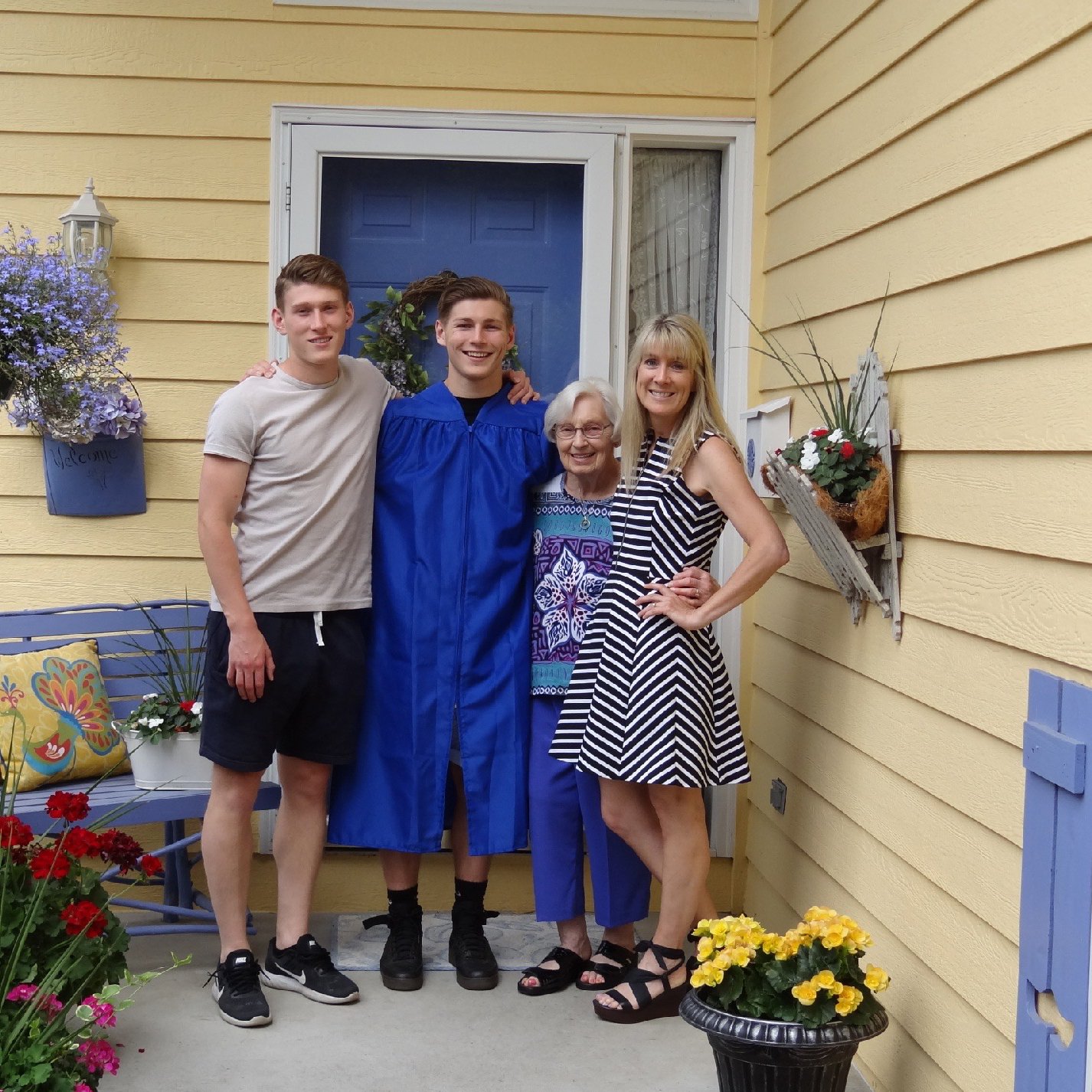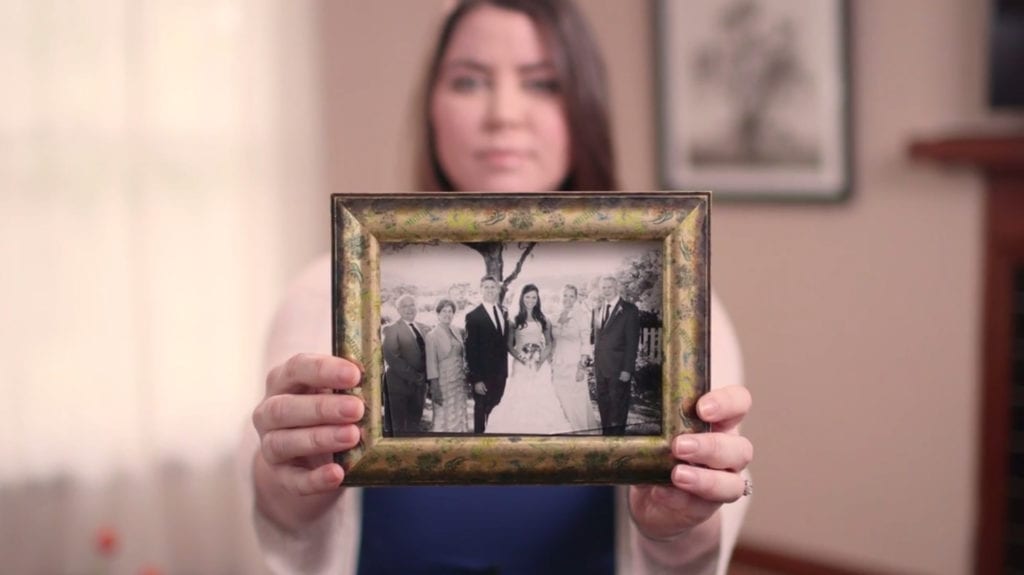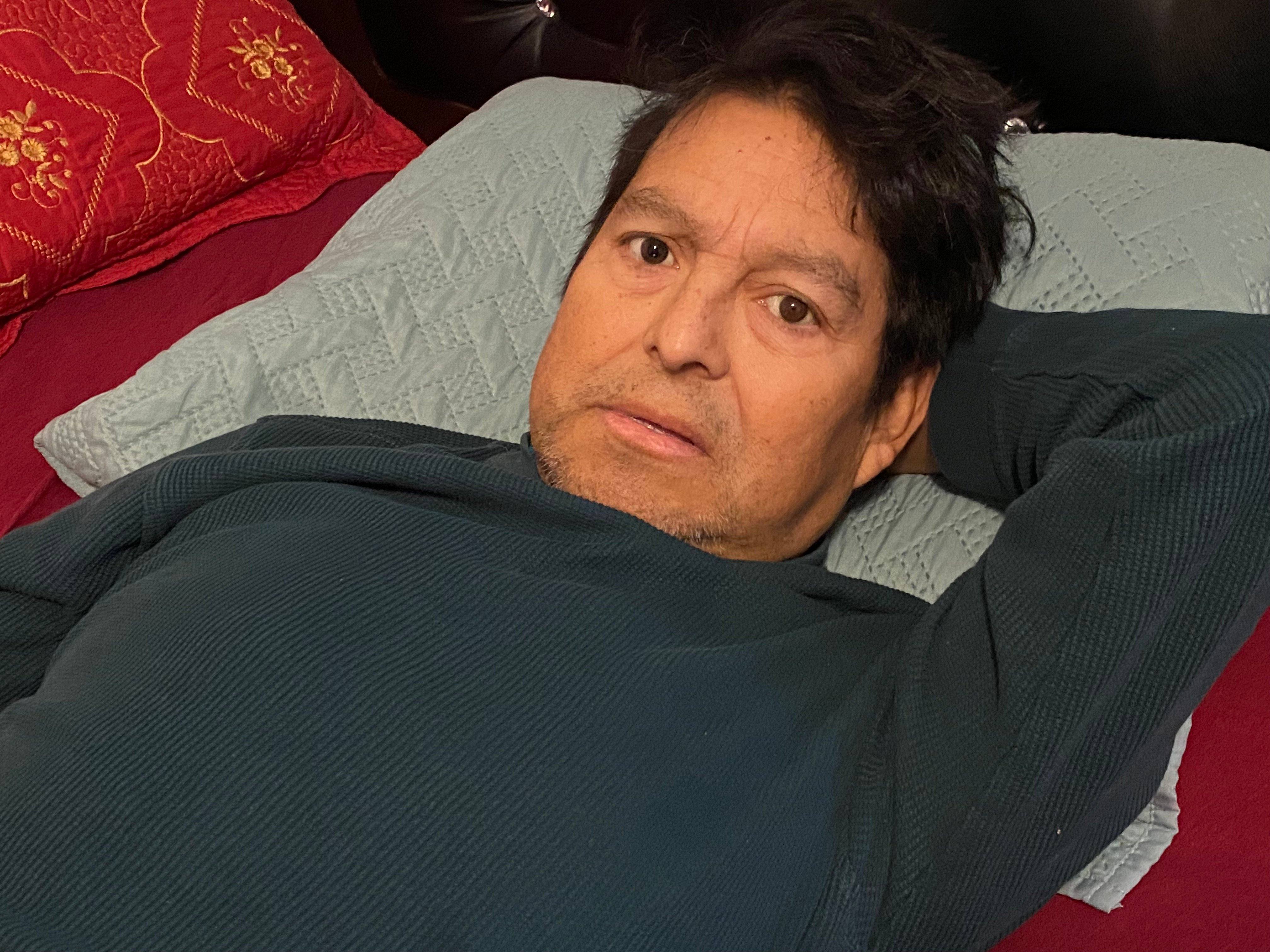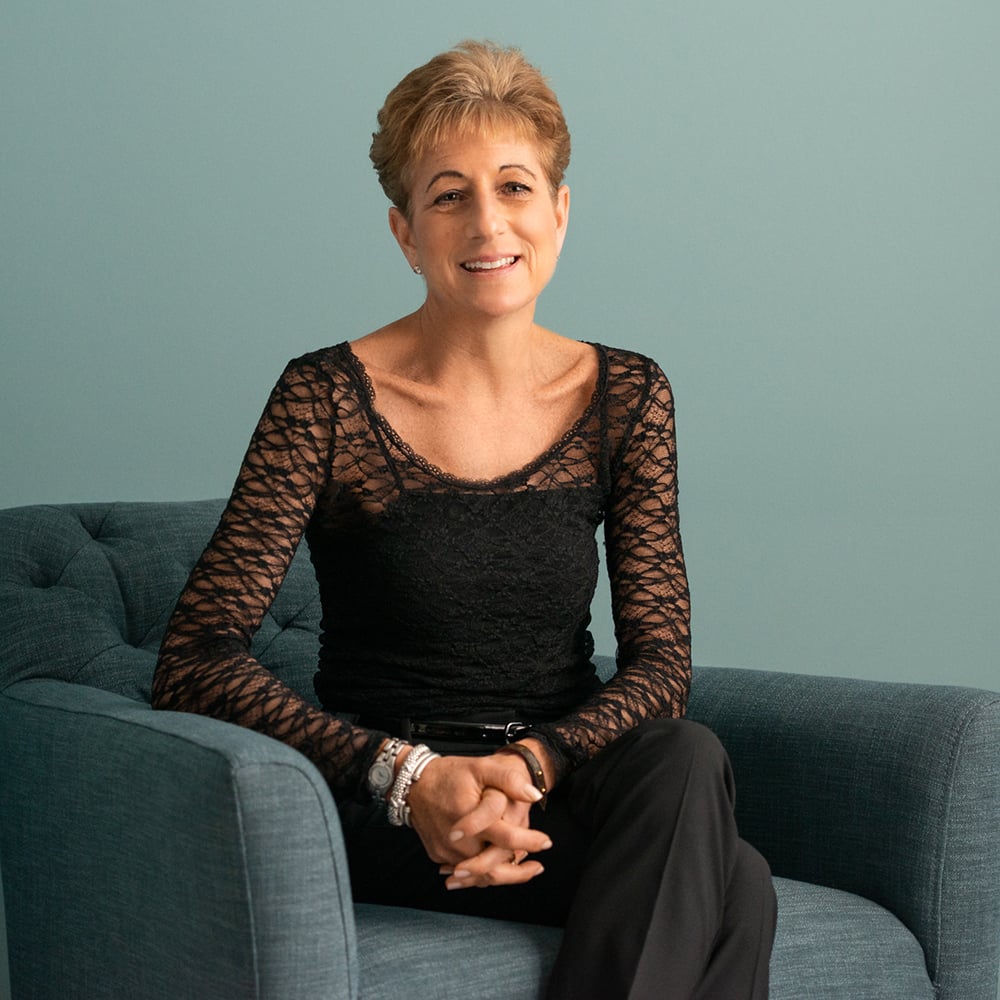Françoise shared her story in April of 2023.
If you believe that terminally ill residents in Minnesota should not have to suffer like Françoise’s mother did, add your name here.
Our family moved from the Netherlands to Minnesota when I was 11 years old. My mother focused all her energies on raising my sister and me in this strange new world, becoming my biggest cheerleader and my foremost model of kindness. Of course she was kind to those she loved — her family and friends — but she also made sure that if you were bagging her groceries or delivering her mail, you were seen and heard and appreciated. Mom had a way of helping people believe that they were wonderful the way they are, that just being on this earth was more than enough.
Mom stayed in my corner long after I was no longer a child. I’ve always been an entrepreneur at heart, and she consistently believed in my ideas, supporting me and asking how she could help. At one point, I opened a gift store. Three weeks after I signed the lease, I found out I was pregnant, and shortly thereafter, I had to go on bedrest. So who was standing in the store ringing up the sales? You can guess.
Although my mother was kindness personified, she wasn’t exactly “soft.” Growing up in the Netherlands during World War II, she had a very tough childhood. She had known hardship and deprivation, and was used to doing things on her own. As a result, she was a very private, independent person.
For years, even when she was healthy, she told her doctor that should she become terminally ill, with no hope of getting better, she wanted her to give her medical aid in dying. She knew this end-of-life option was not authorized in Minnesota, but she continually advocated her wish for this to be her choice. As she had struggled and suffered in many ways most of her life, she wanted a peaceful exit if she needed it. She expressed her wishes so consistently that the conversation started to go like this: “Dr. Miley, you know what I want.” “I know, but we can’t do that here.”
Despite that, in a long paragraph of her own handwriting, Mom spelled out what she did and didn’t want for her end of life. Primarily, she wanted a peaceful death without suffering, and she had DNR and DNI orders in place. But she wrote that if medical aid in dying were available in Minnesota and she needed it, that’s what she would choose.
My dad died unexpectedly at age 66, leaving us all devastated, Mom most of all. It was difficult for her to have a vision of her life without him. Within a year, she was diagnosed with an autoimmune disease, and over the next two decades, her health continued to decline.
In the fall of 2019, Mom went to her primary care doctor, who did some bloodwork and found that she was very anemic. She was concerned and wanted to order more tests. Mom didn’t want to do any of that.
Now it was a matter of Mom managing to live in her own home while my sister and I wondered what was really going on with her health. After COVID-19 hit, things got even harder. Mom’s health was worsening, and she kept having falls. But she was still trying to do things on her own, including hauling her garbage cans up her long, icy driveway. She was holding onto every grain of independence she had left. For my mom, it was who she was at her core: someone who takes care of herself. It was all she’d ever known. But that was becoming impossible.
Mom eventually agreed to move to a senior living facility with assisted living services that felt comfortable to her, although she did not want to enlist any of the services. She had maybe two good weeks there enjoying herself before she developed a heart condition, which we managed to get under control with surgery and medications, but she didn’t get better. Still, she refused to go back to the doctor. My sister and I said to each other, “We know where this is headed. Things will get so bad that one day we will find her in an emergency situation and have to take her to the hospital, and that’s when we will find out what is going on.” And that’s exactly what happened.
We found Mom one afternoon on the floor of her apartment. Her legs had totally given out on her, and she had been lying there for a day and a half. An ambulance took her to the hospital, where we learned that she had cancer and it had spread throughout her body — her lungs, her back, her brain, everywhere. The doctors said she had days to weeks left to live.
She entered a hospice facility in the hopes that they could provide the peaceful death she wanted. My sister and I took turns so that one of us was by her side 24/7.
By day two in hospice, Mom’s pain was increasing to the point that she needed more medication. Initially, she was still enjoying meals. As she started becoming less responsive, we would continue to ask her if she wanted anything to eat or drink, but she had less and less interest or desire, and soon stopped eating or drinking altogether. By the fourth day, she was no longer responsive. On the fifth day, the hospice staff thought she was very close to death, telling us she had only a few hours left; we prepared ourselves to say our final goodbye. Little did we know that it would be another three weeks from that point before she would finally find her peace.
The days dragged on, and my mother lingered. Knowing our mother, her reactions and her expressions, my sister and I could sense that she was somewhat aware. We felt that she was still, at times, in pain and distress. We found ourselves continuously begging and occasionally literally screaming for more medication to ensure her wishes of being completely unaware of her suffering were honored. Then Mom started having convulsions and her body started to decompose in front of our very eyes. My sister and I sat by her bed forced to take notes on the frequency of her convulsions in order to have the “evidence” that more medication was needed to limit her suffering. The hospice and medical staff appeared not to have a care plan that addressed my mom’s situation.
All in all, this went on for three and a half weeks. Physically and mentally, my mother had been forced to survive so much — her childhood, moving to the U.S., losing my dad — that I think her body only knew how to keep going and survive. I suspect she also knew this about herself, and it motivated her interest in medical aid in dying. Without it, she endured prolonged and unnecessary suffering.
Finally, on March 24, 2022, Mom’s suffering was over.
My understanding is that what Mom went through is unusual, but it still happens. And I would never want this for any other person or family. Those three and a half weeks were so horrific and traumatic that they have stayed with my sister and me, leaving a very deep, lifelong scar. We weren’t even able to plan a service for almost a month after she passed because it was all we could think about. Not who she was, the love she gave, the beautiful memories — all we could see and feel was her trauma and suffering in hospice. What she endured and what we witnessed can only be described as inhumane.
Mom needed and wanted the option of medical aid in dying in Minnesota. There would have been no way for her to move to another state where it was available; even if she had found out about her cancer earlier, with her heart and autoimmune condition her body couldn’t manage much beyond the bare minimum to live. She never even left the state at all after my dad died. If she had had the option she wanted, instead of suffering for nearly a month, her last days could have been beautiful: filled with love, laughter, tears and memories with her treasured Dutch folk songs playing in the background. She would have shared with us all the things she hoped to do on the other side, said her goodbyes and enjoyed some of her favorite treats, and then just gone to sleep. That’s what she would always say about the end: “I wish I could just go to sleep.”
I hope to God we can make this law in Minnesota.






